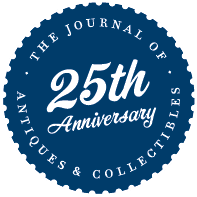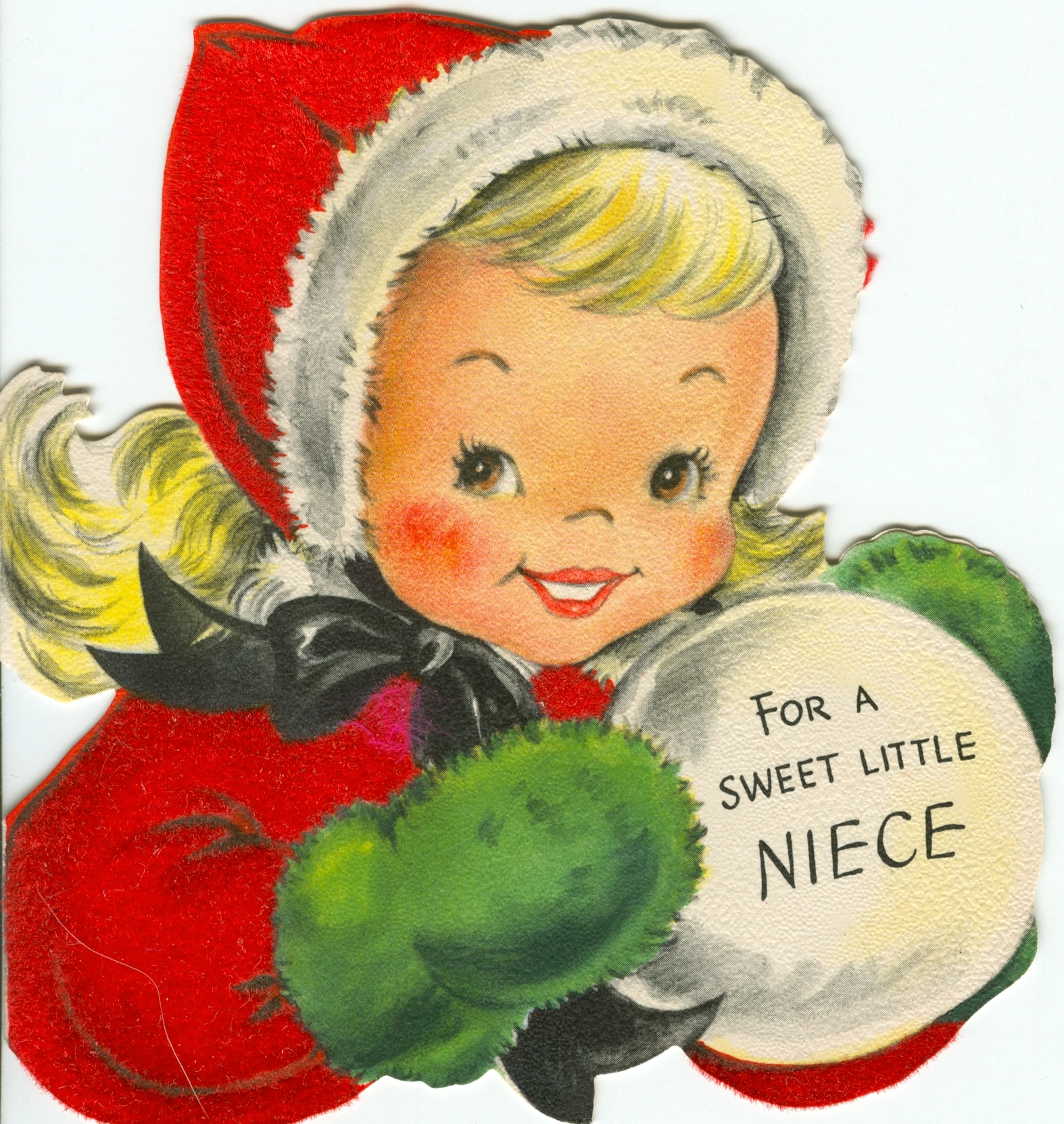Black and White News Photography
Black and White News Photography
By Marshall Fogel

Black and white photography has a special lure for collectors in their appreciation of the creative efforts of great photographers when they fine tune their lenses and shutter speed to set the artistic light and shadows that evoke emotions through the images of their subjects. In 2005, The Portrait of Baseball Photography was authored by me and my co-author Henry Yee to celebrate and bring attention to the story of American news photography and recognize and honor the important photographers who participated in recording America’s history at home and around the world with pictures that were printed in newspapers and magazines late in the 19th and the first 60 years of the 20th century. This is a time period when the masters of photography lugged their large bulky cameras throughout America and on foreign soil to craft photographs that record the building of American cities, our sports, our wars and our political and social history. We, the authors of The Portrait of Baseball Photography used the subject of baseball photographs to tell the story of the major news service agencies and other news outlets, how to identify the date period when a photograph was taken and developed, and the news agency, newspaper or magazine responsible for the printing of the photograph. How to identify the date period when a photograph was taken and developed was the key to bringing news service photographs to the attention of the collecting public. In the box to the right is a copyrighted type and definition designation used in the authentication of news service photographs with images of every imaginable subject.

Clearly Type I photographs are generally more valuable because the photograph is from the original negative and developed soon after, and they are rare and condition sensitive. The two year period for the development of the Type I photograph is to accommodate the printing of magazines and other periodic publications that would wait to print off a negative. The value of Type I photographs greatly increase if a recognized photographer crafted a picture of an important event or person. The PSA/DNA authentication department of Collectors Universe provides a photograph authentication service using our copyrighted Type I through IV designation. The PSA/DNA authentication website provides submission information. Since the advent of the Type designation, Type I news service photographs have sold for up to $350,000. However, the range of sales for Type I photographs, depending on the subject can be below $100. Collecting Type II, III, and IV photographs are very affordable in a wide range of subjects.
Exploring why black and white news photographs have value helps to understand the reasons to add news photographs on the list of important collectible subjects. News photographs are the best image source of an important time in America’s achievements and influence around the world. Over the years newspapers have digitized their photographs and destroyed, gave away or sold the originals to dealers. Photographs took expensive and valuable space in news print offices and were considered a fire hazard. Many of the surviving photographs designated for retail sales are in poor condition because they were reused by the print media without being concerned with preservation and value.

News photo history provides a rich perspective when making the choice to collect news photographs. Black and white photography began in the 1830s. During the 19th century, the use of a camera and the ability to develop a photograph required the expertise of a skilled professional. The beginning of the 20th century the production of the Kodak point and shoot camera and the ease of developing photographs opened the pathway for the general public to engage in the commercial photography business and take pictures for their personal enjoyment.
The beginning of the 20th century, retail photo studios would become more popular along with the opening of independent news photo agencies around the country. An independent news photo service selling photos to news print companies could be a person working out of a house in a small Nebraska town or an agency in Chicago employing a number of contract photographers. In the 1930s, the invention of wire transmission of photographs marked the beginning of the end of the news service agencies. Wire service transmission allowed pictures to be sent for immediate use along with the breaking news of the day. No longer were photographs to be mailed and received by the print media companies days after the story was printed. News print companies gradually began to hire in-house photographers rather than depend on news service agencies for photographs. Before these changes took place, many photographers stamped or wrote their name on the back of the photographs they sold to news print companies. These stamped photographs, a in existence, helped to identify the great photographers before wire transmission was invented. Those photographers are Joseph Hall, Carl Horner, Charles Conlon, George Grantham Bain, Paul Thompson, Louis Van Oeyen, Paul Thompson, Burke-Atwell and George Burke. When news print companies hired in-house photographers, many of these companies would not allow photo credits. Important photographs were taken by master photographers whose names will never be known. However, there has been a revival of photographers whose names are identified with their photos. For example, in sports George Dorrill, Malcolm Emmons, William C. Green, Walter Iooss Jr., Willam Jacobellis, Neil Leifer, Osvaldo Salas, Herbie Scharfman, Barney Stein, Ozzie Sweet, Don Wingfield and George Woodruff are some of the very best.
We are fortunate to have the images from this important time period safely preserved in museums, universities and now with the collector community.
PSA/DNA Photography Type Classification
Type 1: A 1st generation photograph, developed from the original negative, during the period (within approximately two years of when the picture was taken.)
Type II: A 1st photograph, developed from the original negative, during a later period (more than approximately two years after the picture was taken.)
Type III: A 2nd generation photograph, developed from a duplicate negative or wire transmission, during the period (within approximately two years of when the picture was taken.)
Type IV A 2nd generation photograph (or 3rd or later generation), developed from a duplicate negative or wire transmission, during a later period (more than approximately two years after the picture was taken).
All photos illustrated here are Type 1.






[…] Journal of Antiques and Collectibles June 2013 issue features “Black and White News Photography” by Marshall Fogel, ”Forgotten and Unknown Star Trek” by J.C. Vaughn, “The […]